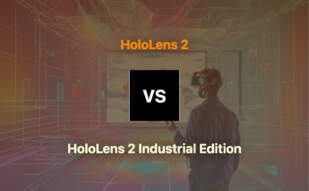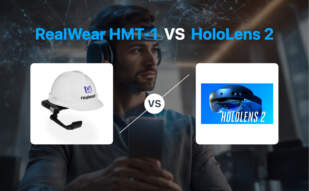While HoloLens 2 caters definitively to the enterprise market, focusing on productivity, education, and enterprise solutions, the Quest 2 is a well-rounded VR headset ideal for consumer entertainment, gaming, and affordable VR experiences. The choice heavily depends upon use and affordability.
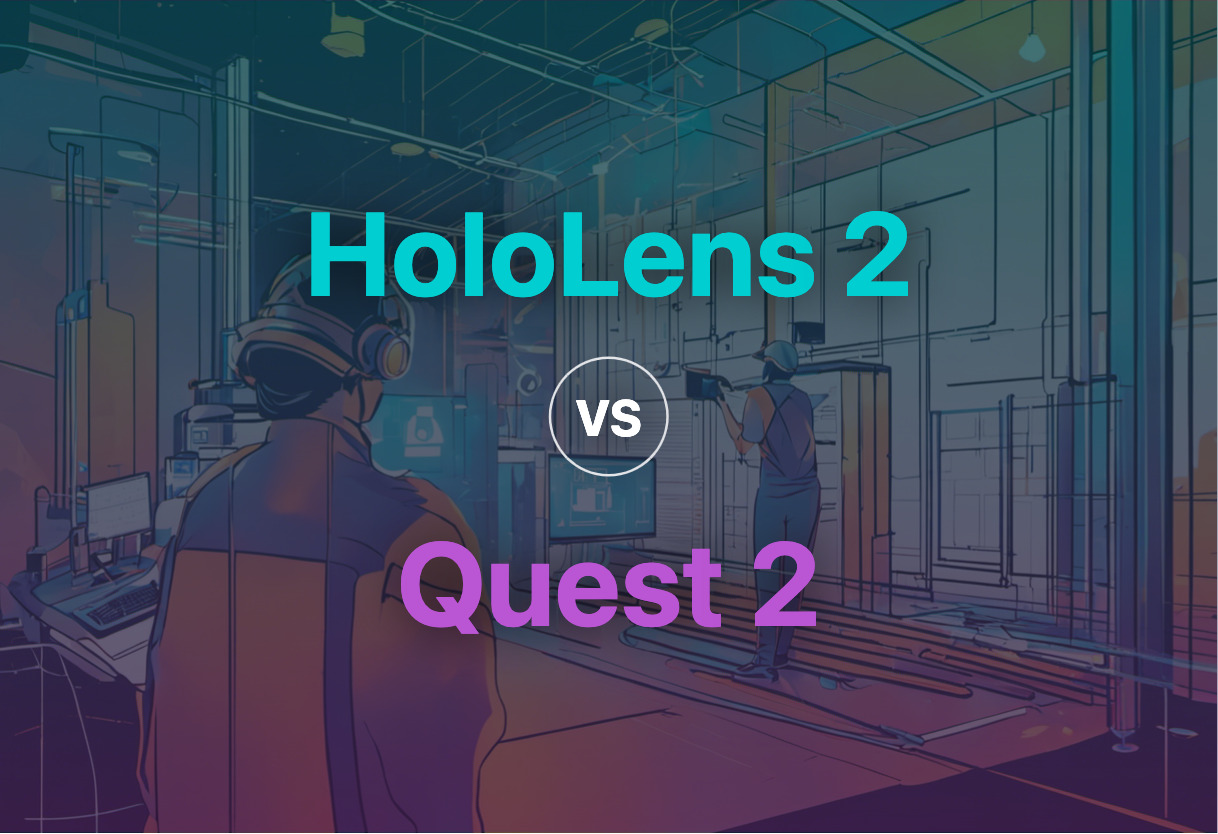
Key Differences Between HoloLens 2 and Quest 2
- Market Focus: HoloLens 2 targets enterprise market, Quest 2 targets general consumers.
- Price: HoloLens 2 is priced at $3,500, Quest 2 starts at $299.
- Display: HoloLens 2 uses waveguide, yielding 1440×936 pixels per eye whereas Quest 2 employs RGB LCD, providing 1832 x 1920 per eye.
- Rigorous Use Battery Life: Both offer 2-hour battery life.
- Weight: HoloLens 2 weighs 566 grams, Quest 2 weighs 503 grams.
- Processor: HoloLens 2 runs on Snapdragon 850, while Quest 2 uses Snapdragon XR2.
- Memory: HoloLens 2 features 4GB DDR4 RAM, Quest 2 offers 6 GB LPDDR4X.
- Hand Tracking: Both provide solid hand-tracking, but HoloLens 2 also tracks eyes.
| Comparison | HoloLens 2 (Microsoft) | Quest 2 (Meta Platforms) |
|---|---|---|
| Price | $3,500 | $299 for 128 GB, $399 for 256 GB |
| Weight | 566 grams | 503 grams |
| Target Market | Enterprise, Education | General Consumers, Gamers |
| Hand-Tracking | Advanced, via 1-MP Time-of-Flight sensor | Simplified, via controllers |
| Processor | Qualcomm Snapdragon 850 | Qualcomm SnapDragon XR2 |
| Memory | 4GB DDR4 RAM | 6GB LPDDR4X |
| Storage | 64GB | 64GB (discontinued), 128GB, 256GB |
| Display | 1440×936 pixels per eye | 1832×1920 per eye |
| Operating System | Bespoke, supports application ecosystem | Android-based Quest system |
| Accessory Ecosystem | Microsoft Mesh (AR) | Quest Store (VR) |
| Battery Life | 3 hours (2 under rigorous use) | 2-3 hours |
| FOV | 43 degrees horizontal | Meta proprietary |
What Is HoloLens 2 and Who’s It For?
The HoloLens 2 from Microsoft is a trailblazing headset designed for the enterprise market. Primarily intended for productivity and education sectors, its focus lies beyond games and entertainment. Its visually captivating transparent lenses, incredible eye-tracking features, and robust HDR capabilities bring a whole new dimension to workplaces and classrooms. Those who seek a dynamic, immersive experience for professional or educational purposes will find the HoloLens 2 a revolutionary tool.
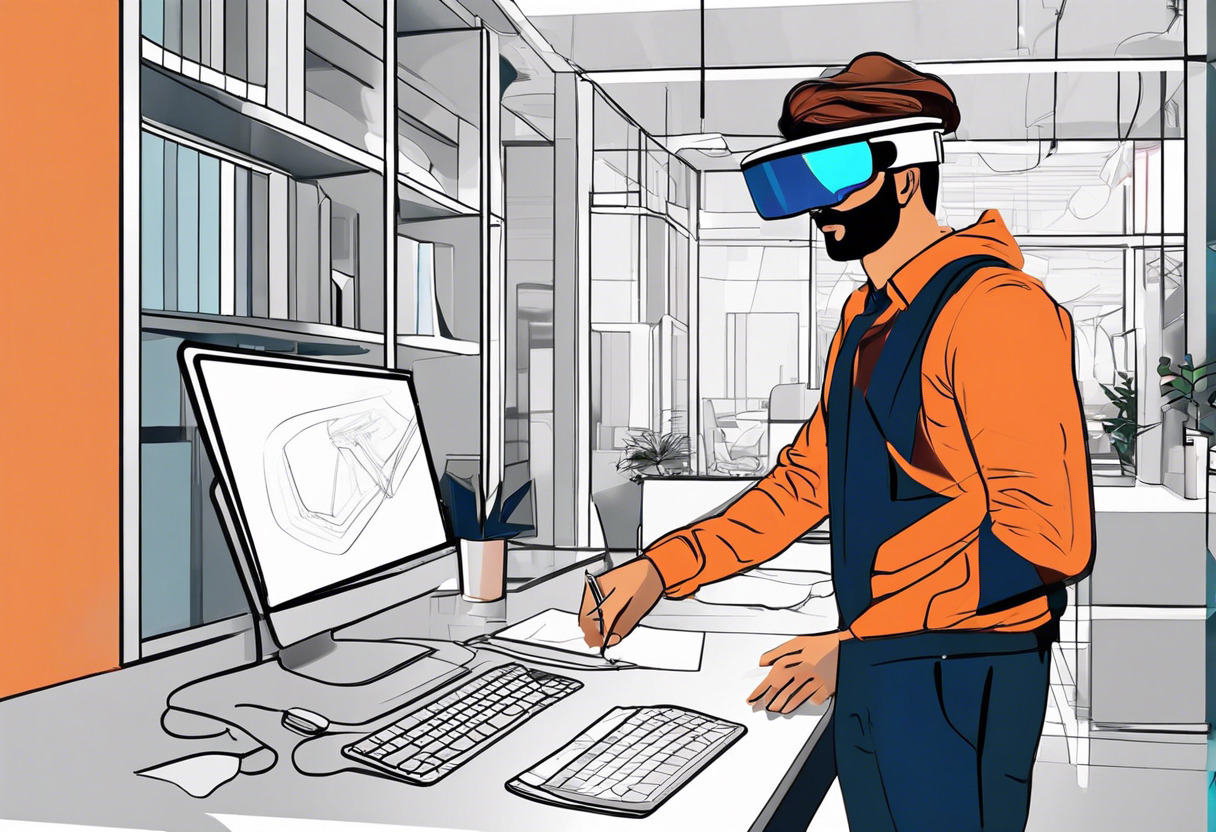
Pros of HoloLens 2
- Incorporates Qualcomm Snapdragon 850 processor with 64GB storage
- Upgraded 4GB DDR4 RAM
- Excellent spatial awareness and hand-tracking
- Approximate 3-hour battery life
- Collaborative AR platform (Microsoft Mesh)
Cons of HoloLens 2
- Priced at $3,500, not affordable for every market
- Little emphasis on games and entertainment
- Weight of 566 grams may be heavy for some users
What Is Meta Quest 2 and Who’s It For?
Meta Quest 2, formerly Oculus Quest 2, is an innovative VR headset for immersive gaming and extraordinary experiences. Engineered by Reality Labs, a division of Meta Platforms, this VR headset, designed to offer standalone and PC-based VR, completely transforms the way you engage with digital content. The Quest 2, befitting tech enthusiasts, avid gamers, or anyone fascinated by the boundless world of VR, serves as an exceptional portal to other dimensions.

Pros of Meta Quest 2
- Lightweight design
- High-resolution displays for immersive experiences
- Standalone device with a tighter integration into the Meta ecosystem
- Improved hand tracking controllers
Cons of Meta Quest 2
- Requires Meta accounts for use
- Initial models had limited storage space
- Short battery life, between 2-3 hours per charge
HoloLens 2 vs Quest 2: Pricing
When juxtaposed based on pricing, Microsoft’s enterprise-oriented HoloLens 2 stands at $3,500 against Meta’s Quest 2 VR headset, accessible at a consumer-friendly price point of $299 for 64 GB and $399 for 256 GB.
HoloLens 2
The HoloLens 2 from Microsoft, tailored for business applications, rings in at $3,500. While formidable in price, this AR headset brings enormous value for commercial users, with features like to-the-point hand tracking, eye-tracking infrared cameras, spatial awareness finesse, and an elaborate MR enterprise solution. Balancing the scale, the cost becomes justifiable to those seeking an advanced enterprise AR solution.
Quest 2
The Quest 2 VR headset is aimed towards consumers, priced at $299 for the 64 GB variant and $399 for the 256 GB model. This VR solution features impressive specifications like Qualcomm SnapDragon XR2 processor, and 1832 x 1920 per eye display resolution. With advantages like a range of storage options, high-resolution display, and considerable refresh rates, it offers a premium VR gaming experience at a much affordable cost.
Deciding Battle: HoloLens 2 vs Quest 2
After a detailed investigation of both technologies, it’s down to striking the final note, which one comes out on top? The audience is as diverse as the capabilities of the devices themselves, let’s evaluate.
For the Enterprise Market
In a marketplace bustling with corporate desea and advanced professional requirements, HoloLens 2 shines through. Its targeting of the enterprise market combined with a focus on productivity, education, and extensive developer resources allow for a customised experience. Coupled with robust hardware specs—the 1-MP Time-of-Flight depth sensor, infrared cameras, spatial awareness upgrades, and 8MP resolution camera—it presents a unique proposition for the corporate world. Moreover, the comfort factor with decent ergonomics, form-fitting head straps, adjustable ratchet tightening mechanism, makes it handy for prolonged use.

Tech enthusiasts and Gamers
If gaming and entertainment are the endgame, look no further than the Quest 2. Armed with a high-refresh-rate display of 1832 x 1920 per eye, inside-out tracking with built-in cameras and controllers, the experience becomes intensely immersive. An expansive Quest Store accompanied by a full-fledged Android-based operating system makes it a go-to device for any technophile or gamer.
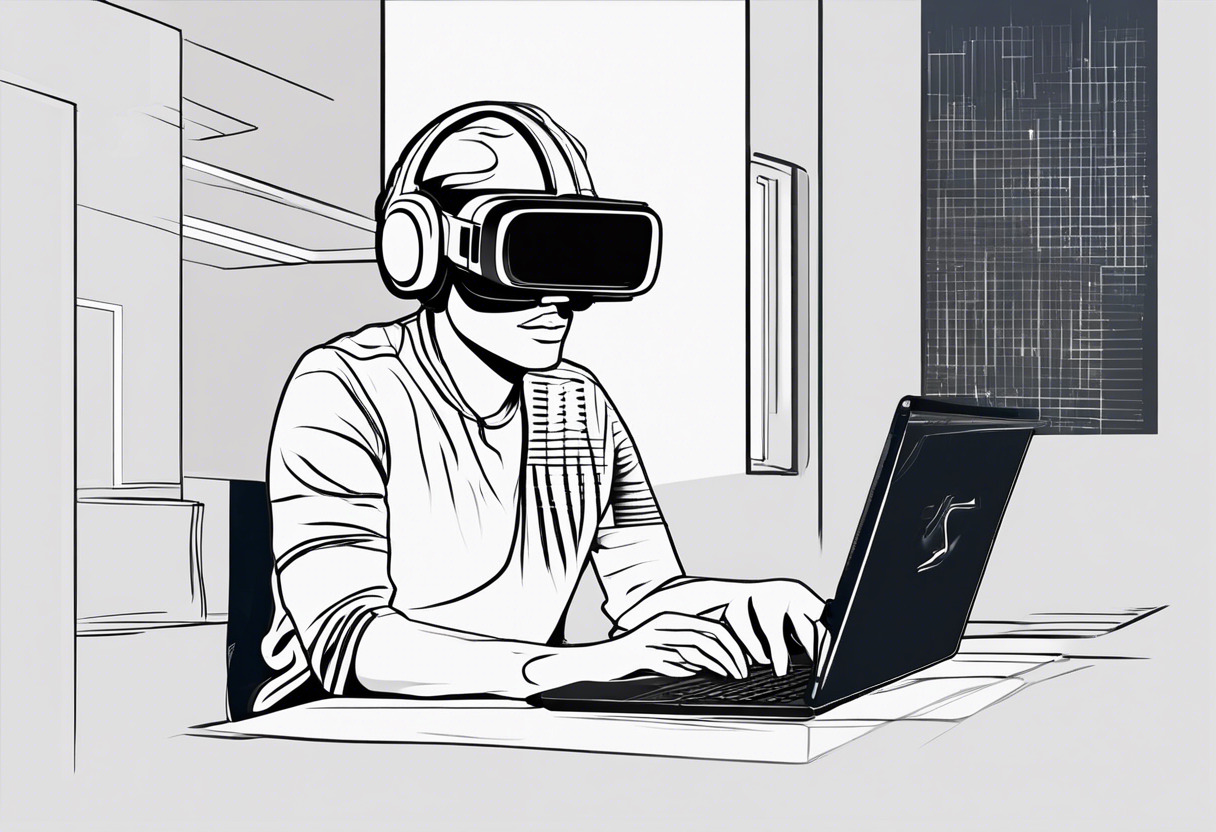
Advanced VR developers and creators
Those vested in the creation and development of state-of-the-art VR environments can benefit from both HoloLens 2 and Quest 2. Each brings to the table exclusive features that a creator might want to tap into depending upon the use-case. Whether it’s leveraging the high-resolution cameras and infrared sensors in HoloLens 2 or exploiting the superior refresh rates and robust controller support in Quest 2, the choice can be personalised per requisite.
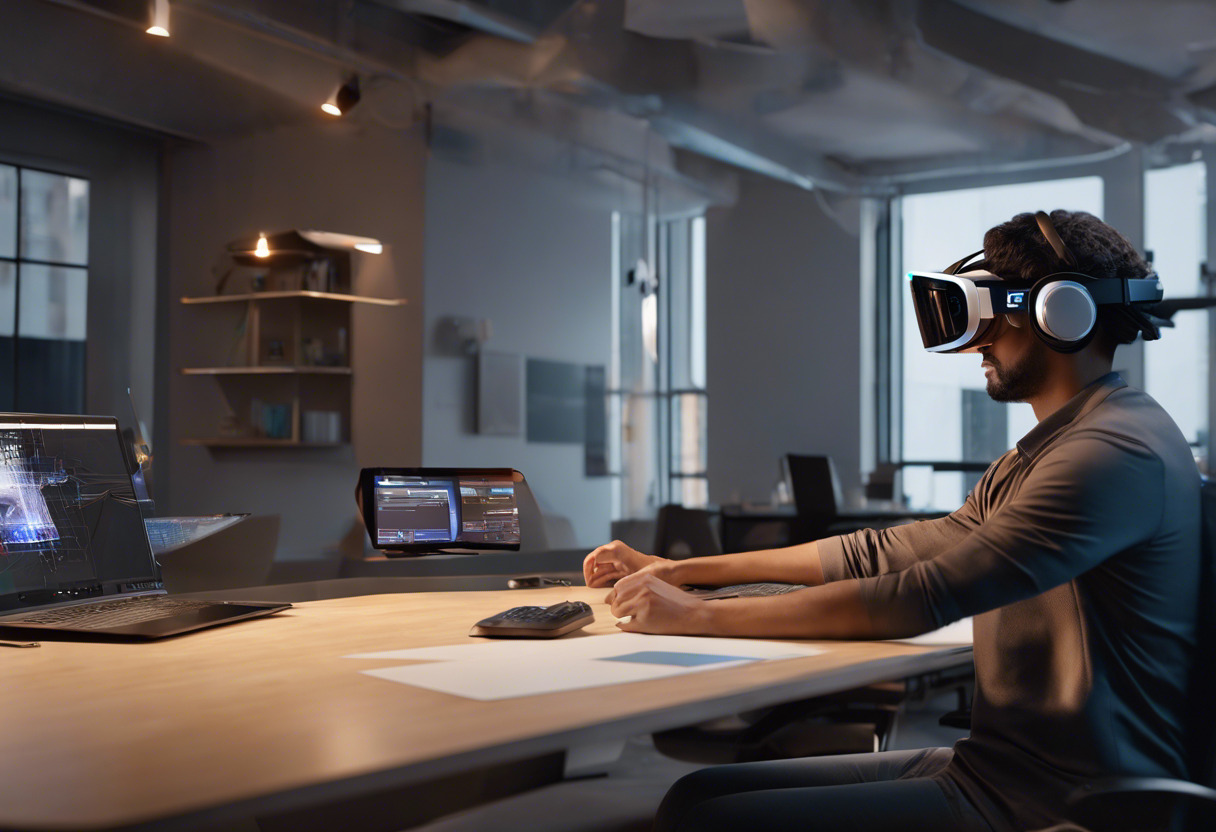
For day-to-day users
The Quest 2 stands as a comprehensively better option for daily users. It’s lighter, more cost-effective, and offers a higher per-eye resolution, making it a valuable everyday gadget without trading off technical advancement, whether it’s for gaming or for exploring VR-capabilities and experiences.
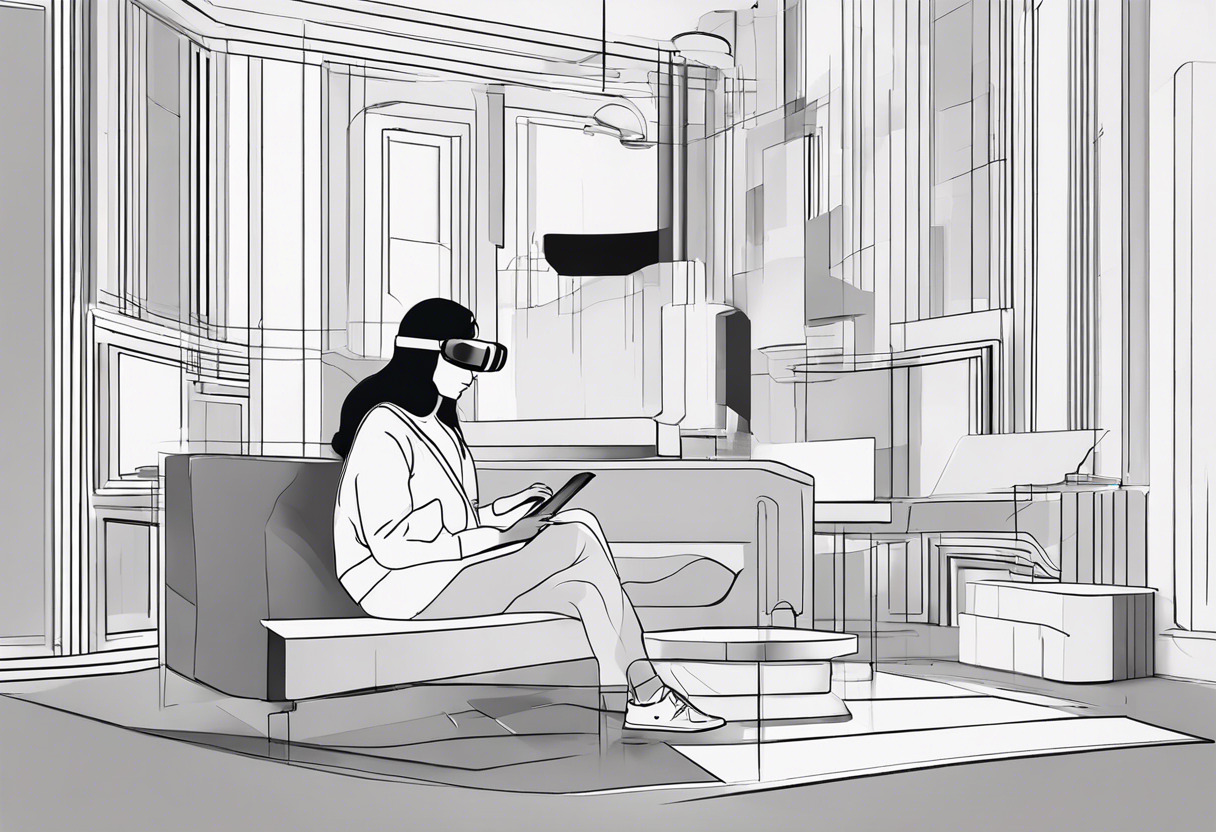
When placed head to head, for an enterprise-focused use-case, HoloLens 2 leads the game. However, for a more recreational and broader spectrum, Quest 2 offers a technically advanced yet accessible VR experience. A tech enthusiast or hardcore developer might find both devices appealing for different reasons.
Tiffany Brise
Content writer @ Aircada, patiently awaiting a consumer AR headset that doesn’t suck.




